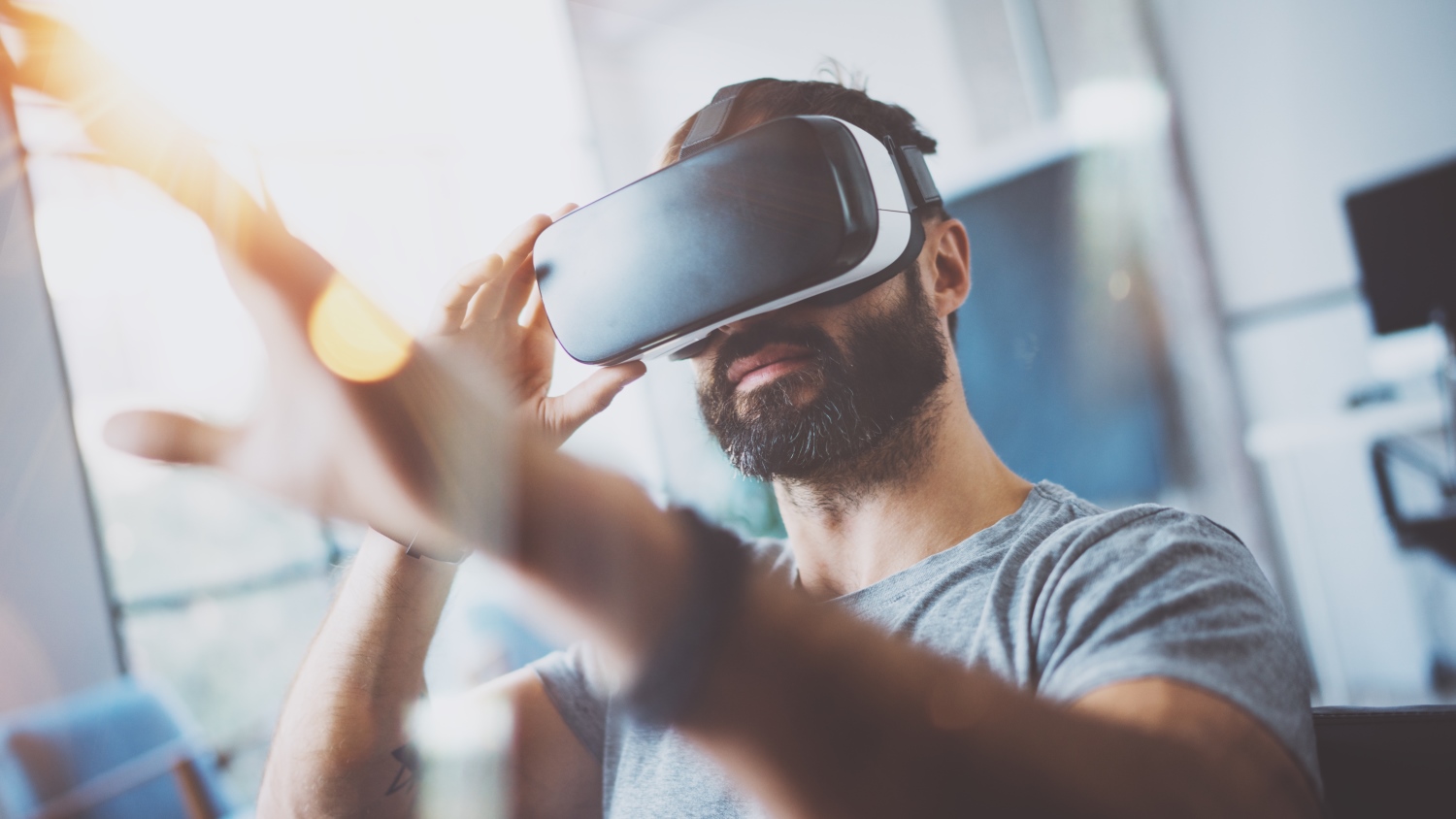
Last month saw the exciting launch of Meta’s Quest 3 VR headset. It was an important milestone for the industry for several reasons. First, the device has made a number of significant technological advances that have improved functionality and comfort for its users. Next, the price point - at just under $500 - it is a serious amount of bang for your buck. For those of us working in the VR industry it feels like Quest 3 and the upcoming Apple VisionPro can boost investments and attention to the industry and take us much closer to a mass adoption point. And the Mixed Reality headsets should erase the friction point for some users and make them feel comfortable and safe as well as unlock so many use cases for creators.
This is because new affordable and advanced VR devices are only one piece of the puzzle. One of the issues that has held back the VR/AR industry has been the lack of platform providers and tools that makes developing virtual experiences accessible and cost effective. Thanks in no small part to an influx in funding and interest on the back of Meta going all in on VR, a vibrant ecosystem has been created which has developed a range of solutions to solve these problems.
So, if I am right, VR becomes mainstream over the next few years, what would that mean for businesses?
Creating customer engagement
In a competitive and challenging economic environment industries are crying out for innovation to help reengage customers. For years, retailers in particular have experimented with both AR and VR to create new customer interactions. Their success has been limited because they lack the platforms and tools to do this in a cost and time efficient manner and, without mainstream device adoption, their creations are largely confined to the in store experience.
With that hurdle likely to be removed, we’re going to see an explosion in experimentation. To make this happen, brands, and the agencies that support them, will need to become skilled at becoming visual storytellers. Creating customer engagement in 3D is very different from a flat screen. It opens the door to a lot more possibilities but to realize them businesses will need to hire or upskill their teams to be able to use design platforms effectively and also construct engaging narratives.
VR experiences will also need to be incorporated into other marketing channels to create the seamless, personalized communications people now expect. This will require, in the long term, a reorganization of marketing departments and the adoption of new tech to make it happen. Thankfully hand in hand with the growth of spatial computing and VR/MR headsets in particular has been the advent of composable architecture, which makes adapting your tech stack much much easier.
The same will be true for gaming development and the entertainment industry. We’ve already seen concerts with holographic performers so it’s very easy to imagine all the possibilities of producing plays, music festivals, TV shows and movies on VR or AR.
VR for collaboration
Consumer facing applications of VR is just the tip of the iceberg, we are actually likely to see the most compelling use cases first appear within B2B. For example, with workforces increasingly dispersed and hybrid working remaining popular, XR offers an exceptional way to bring teams together for project collaboration - everything from designing new products to developing event spaces. Indeed, for B2B businesses VR’s greatest promise is in making collaboration and upskilling more efficient and effective.
We haven’t even touched upon the Metaverse, or metaverse-style connected worlds, that could transform how we perceive and use the internet. Everything from social media to buying products and managing our finances could get the VR treatment.
For a lot of businesses getting to grips with the opportunities afforded by VR will start with education. The use cases that will have the most impact on your business are likely to be underreported, given so much media attention is drawn to visually appealing applications like new games. Reading up on the different platforms and services that are available will give you a great understanding of what could make the difference for your company. As I’ve mentioned, developing VR services and experiences has become a lot easier, so there’s nothing to say you cannot create or adapt a solution to meet your needs.
Experimentation
The final part is the willingness to experiment. Creation on the ‘spatial’ internet looks and feels a lot different from creation in 2D. Having platforms that enable new 3D experiences to be created in 3D changes the game because it allows us to see what these experiences will actually look like and that allows your imagination to run wild. The act of designing, for example, 3D extensions to physical or web based products will catalyze more innovation. We genuinely don’t know what the ‘killer use case’ for VR will eventually be - the business that discovers it will reap extraordinary benefits.
I’ll close with a quick mention of our old friend generative AI - no tech article would be complete without it. Generative AI will play a huge role in reducing the cost and time involved in creating VR experiences. While it’s not quite fit for purpose yet - there’s no denying that it will play a big role in the future of the industry.







